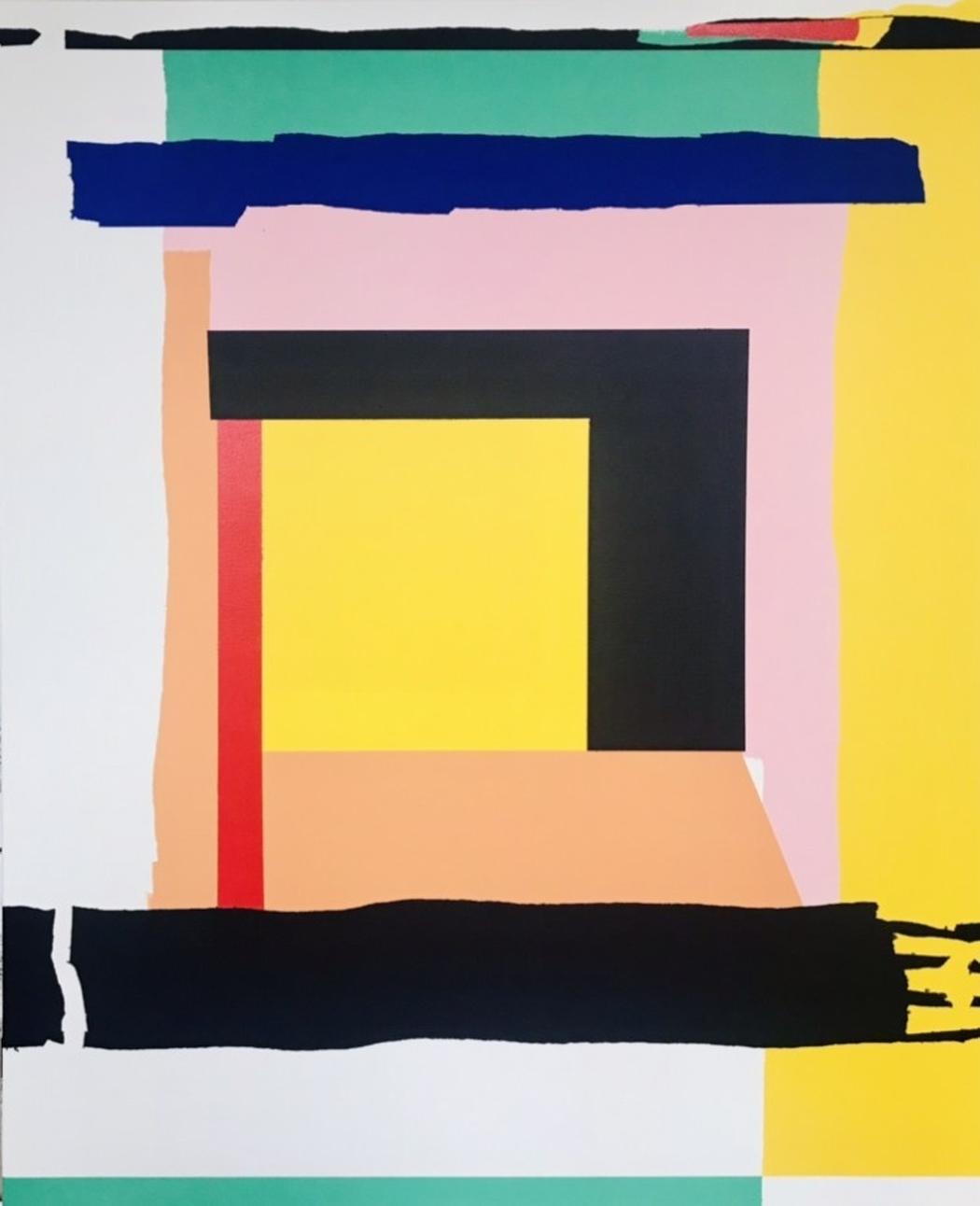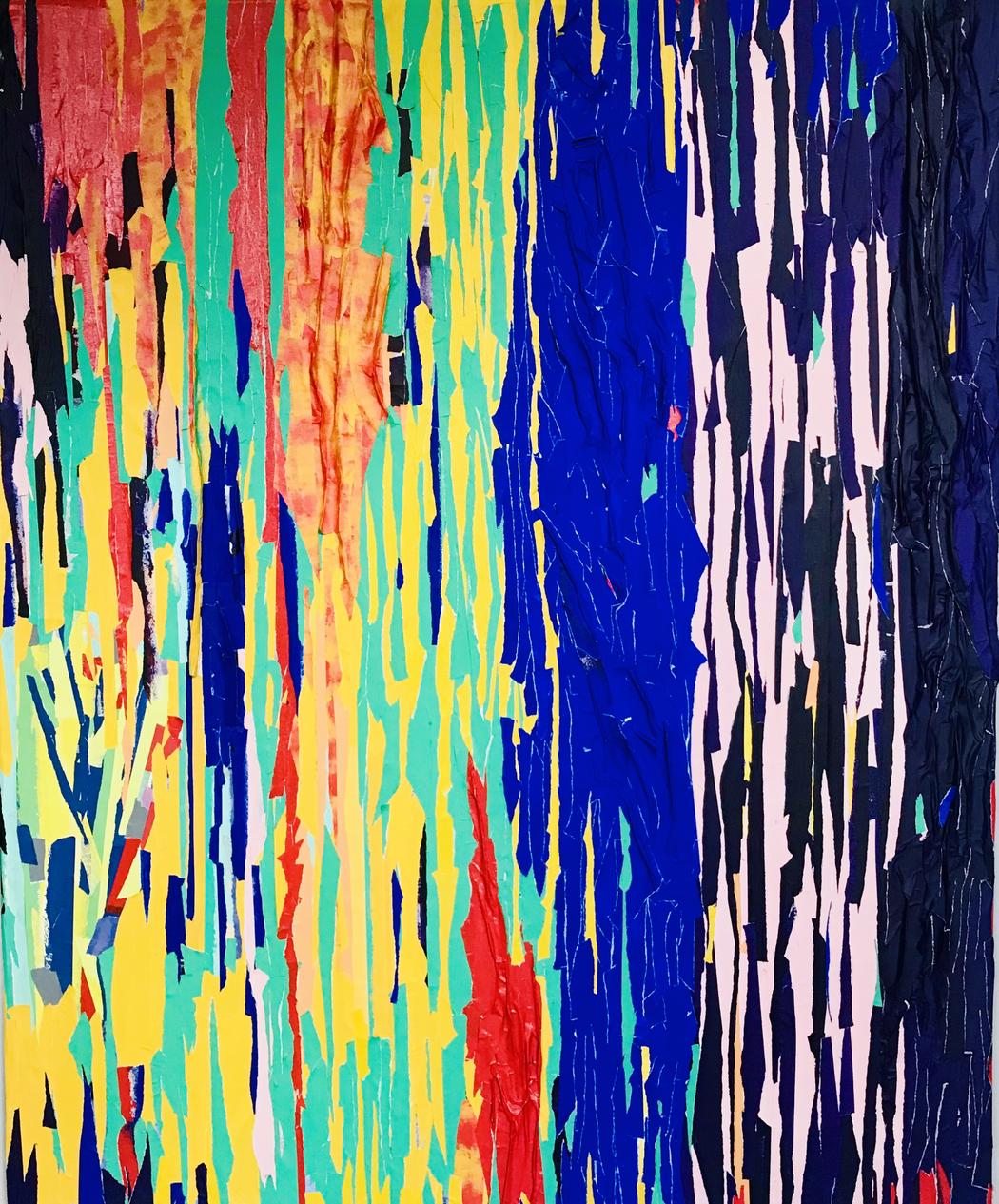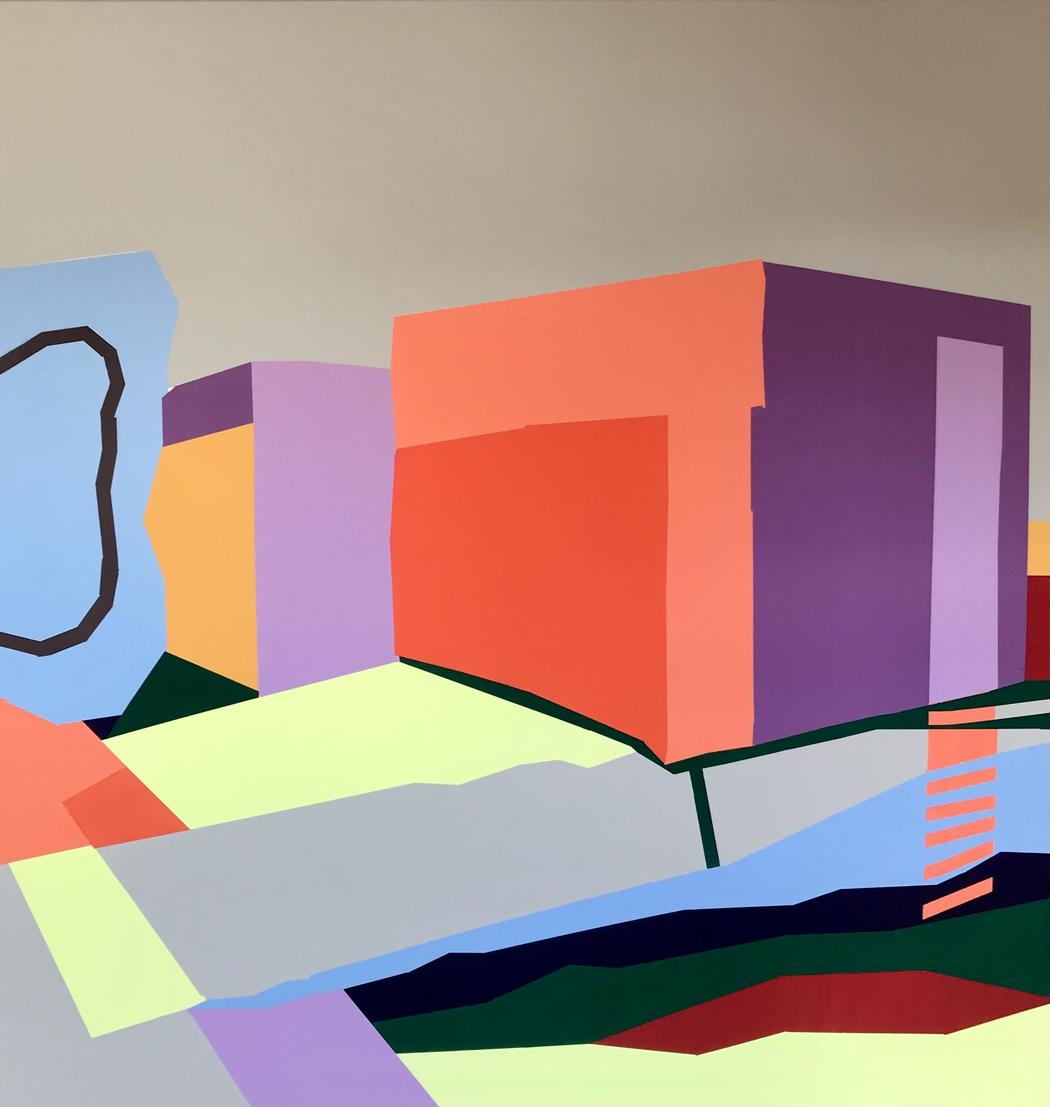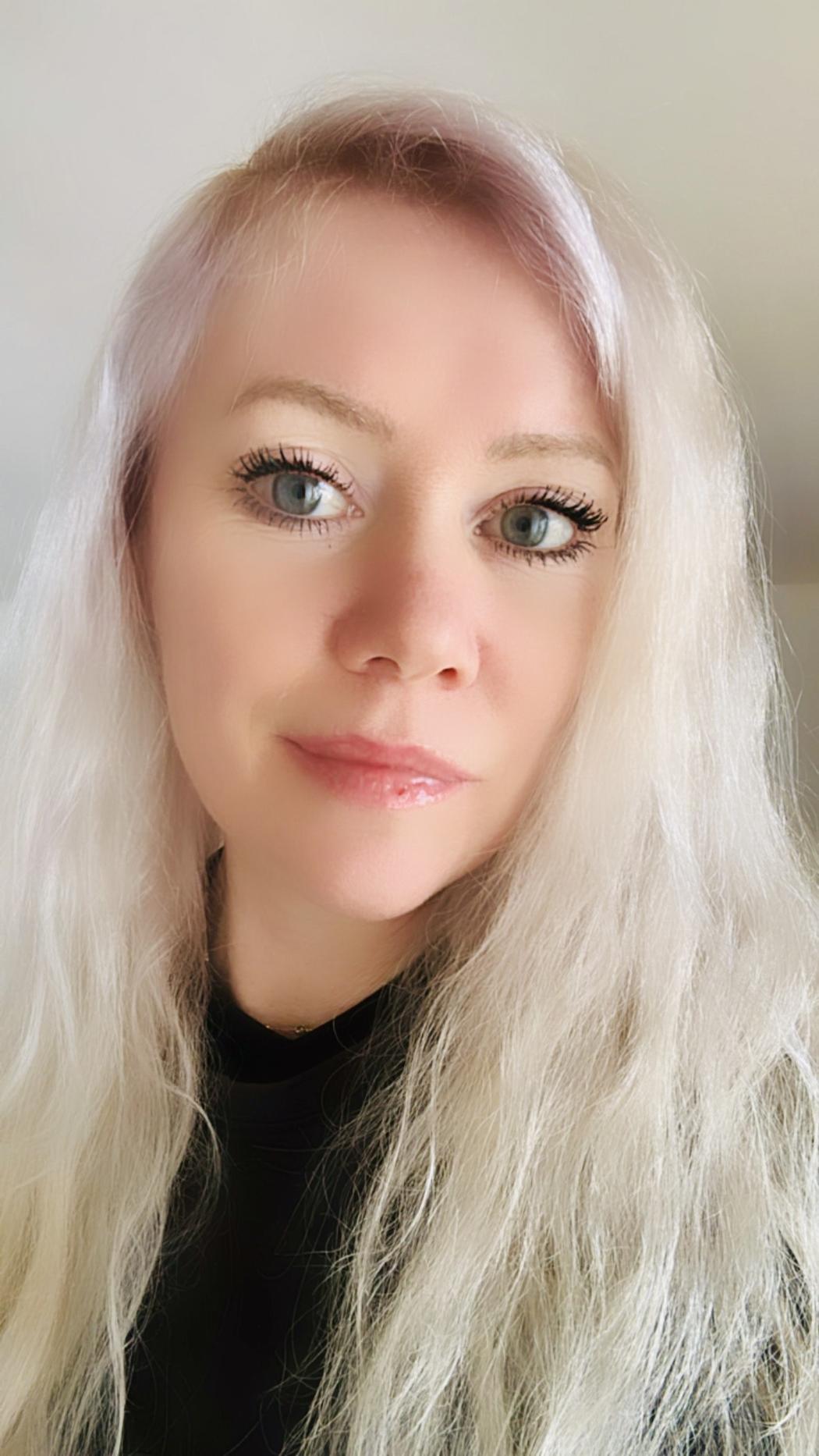Eva Bodo
Your education: MA in Fine Arts, Academy of Fine Arts and Design in Bratislava (2022); BSBA in Science and Business Administration, City University of Seattle (2001)
Describe your art in three words: Introspective · Spatial · Transformative
Your discipline: Painting, drawing, photography, digital media, print
What initially drew you toward exploring abandoned or overlooked urban spaces in your work?
Honestly, it started with a photography course I added to my university schedule just to earn the necessary credits. We had to pick 1 of the given themes, and “abandoned spaces” immediately grabbed my attention. The deeper I went, the more I was drawn in by the abandonment and the quiet, untold narratives those spots held—the ethical necessity of human presence, that lingers even after the function was discontinued. I was struck by the indifference of people passing by the sites without even noticing them or paying attention to them. Wanting them to stop, pause, and eventually ask questions was utopia. I felt the urge to bring change to either this behavior or to the space itself, ideally both. It was not a search for best shot of ruins or dirt in the city, but a response to the radical disconnect between official urban narratives and the lived, material reality of the city. Gradually, I understood that these places embody both memory and transformation; they are witnesses to stagnation and renewal. Fascinated by how emptiness can speak, how neglect can reveal new aesthetic and emotional dimensions, I learned to look differently. For me, these spaces are not just remnants of the past but living maps of human experience. By engaging with them through spatial reinterpretation, I seek to restore a sense of connection—to give forgotten environments a renewed voice and presence within the contemporary urban rhythm.
 Eva Bodo | Cube | 2024
Eva Bodo | Cube | 2024
When you encounter a “neglected site,” what signals to you that it holds artistic potential?
When I engage with a neglected site, the first thing that catches my eye is usually the tension between presence and absence. I like small ambient cues, like a patch of color on a faded wall, the rhythm of cracks, or the silence that holds traces of human activity. These details make it seem that the space still “remembers” something, even if it can’t be seen anymore. The artistic potential shows itself in that subtle balance between decay and persistence, when the space starts to speak beyond its function and asks me to see it in a new way. With a lot of time and repeated returns to the same spot, you get rewarded by the urge not to bring back what “was,” but to show what still “is,” which is often there in front of you.
How do you choose which elements of reality to transform into abstraction within your paintings?
I don’t choose elements of reality in a literal way; instead, I respond to how space, memory, and atmosphere imprint themselves on perception. My process begins with photography — always in black and white — to eliminate the distraction of color noise and focus purely on structure, contrast, and spatial rhythm. Through the lens, I learn to see anew, discovering the essence of a place detached from its visual excess. Continuing with sketches on paper, using acrylic markers, ink, or pencil, I capture only the essential points — the minimal gestures that define presence and absence within the space. Both mediums allow me not to escape reality but to deepen it — to reveal its quiet structures and unseen energies, translating what is overlooked into something perceptible, distilled, and alive.
 Eva Bodo | Cube | 2024
Eva Bodo | Cube | 2024
Your paintings feature bold geometries and strong color structures. How do these visual decisions relate to the environment you document?
My use of bold geometries and strong colors is a necessary visual intervention and my way to provide order and clarity to the messy character of the void and objects that have been left behind. This formal discipline visually reclaims the space defined by abandonment. The bright color is a bold call to action. It violently breaks the optical invisibility of these gray, ignored places. The color makes the unseen material come to life, immediately recontextualizing the object. This intervention transforms the neglected space into a point of interest, yet the vibrant color scheme remains an utopian reflection—a visually intensified ideal—of the environment.
 Eva Bodo | Flow | 2024
Eva Bodo | Flow | 2024
What role does color play in translating urban “vacuums” into a heightened visual language?
The idea behind the vivid, unusual color charts I use is the relationships between art and reality and how intricate and diverse or, on the contrary, simple and uniform they are. Rather than describing reality, I use color to translate the atmosphere, tension, or memory embedded in the absence of architecture. Having studied and constantly practiced color relations, contrasts, and transitions, my color choices recover these forgotten spaces and give them new visual and symbolic identity. The painting then turns emptiness into presence, silence into dialogue, and the unseen into the visible.
 Eva Bodo | Sidewalk | 2021
Eva Bodo | Sidewalk | 2021
How do you hope viewers emotionally respond to these reimagined, often forgotten places?
The most intense feelings and experiences happen when you face the real thing. They may be very different for each person who sees them, which is a nice thing to start with. People who saw my prior exhibitions told me that they were drawn in by the paintings’ size, color relations, and the way the shapes were simple and clear. The paintings captivated them, causing them to focus on each artwork and lose track of time and their surroundings; afterwards, they asked where the location was so they could visit the actual site. Some took pictures so that they can “compare” the painting with reality.
Professionally, I believe any medium or action is a means of revealing hidden messages and connections embedded within a specific site—elements that exist yet often go unnoticed. Both artistic form and activity share the same intention: to initiate transformation within space, to raise questions, to open dialogue, and to deepen awareness of urban voids. Through this process, I aim to evoke an impression of participation—inviting viewers to sense their own involvement and to recognize these vacuums within their everyday surroundings.
 Eva Bodo | Trafo | 2021
Eva Bodo | Trafo | 2021
You have exhibited internationally, including as a finalist at the YICCA Art Prize. How does visibility outside your own city influence the direction of your work?
I observed here two additional values in this context:
1. Acquiring additional knowledge and skills to guarantee that deadlines are met, professional material is submitted, and work is completed. Your artistic practice is characterized by a continuous cycle of communication and administration. Artists are no longer the sole category of artists. It is necessary for them to fulfill the duty of an artist by serving as an assistant, journalist, manager, or video creator to get things done.
2. Participating in or attending international events undoubtedly provides opportunities for valuable collaborations, connections with diverse cultures, and even the exploration of sites in various cities, including those abroad.


Leave a Reply